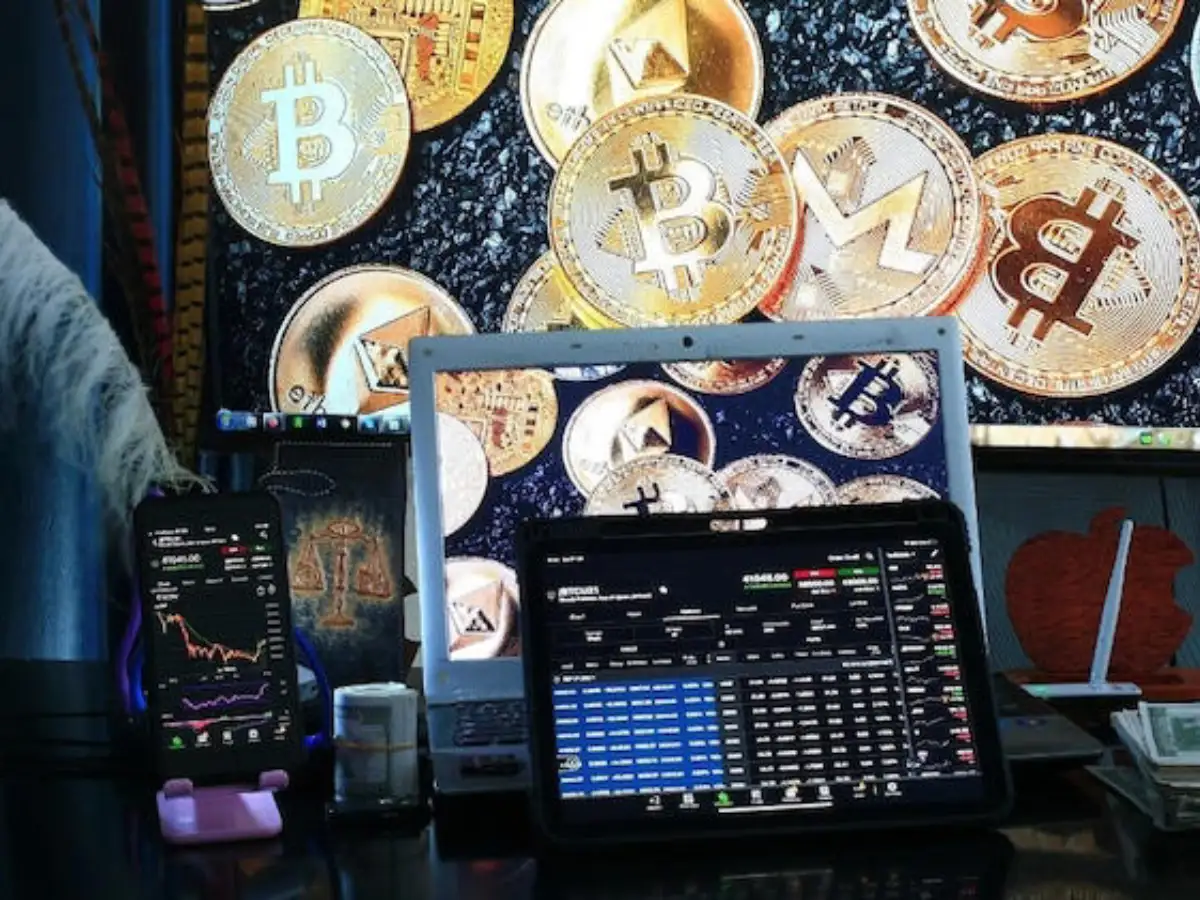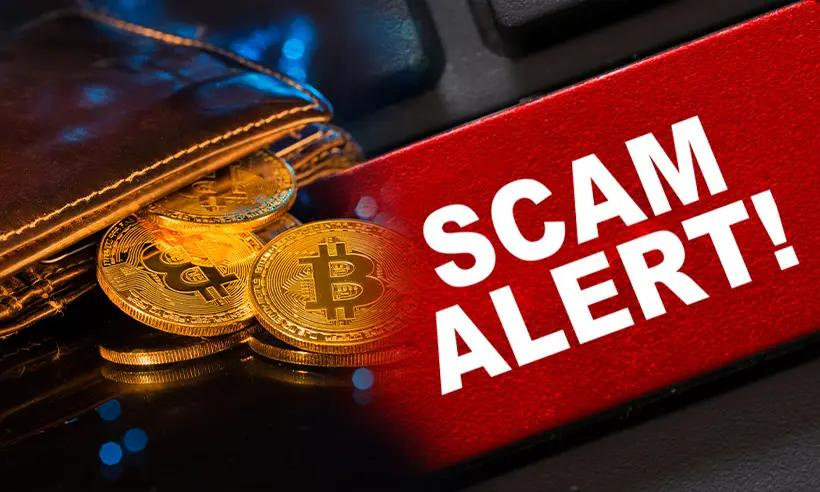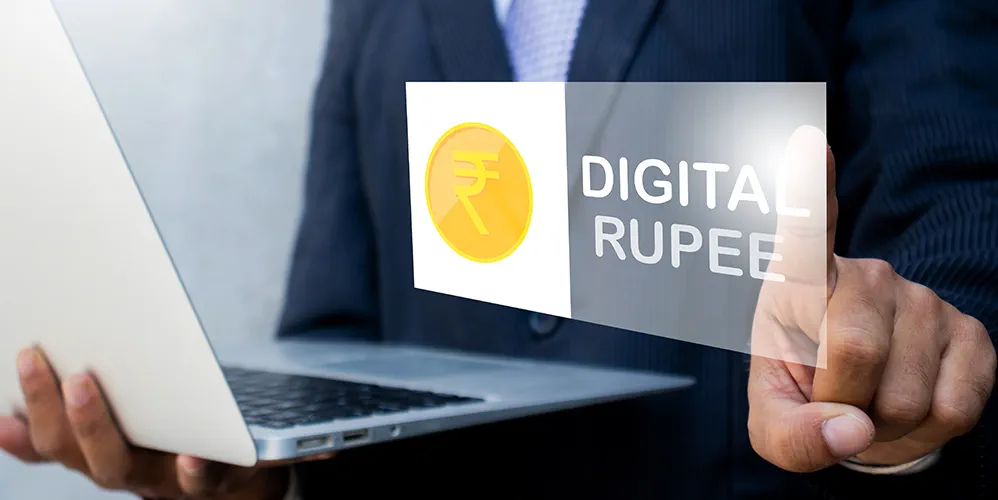Now Reading: Crypto Thefts Hit Alarming High—India Included
-
01
Crypto Thefts Hit Alarming High—India Included
Crypto Thefts Hit Alarming High—India Included

Cryptocurrency may be the future of finance, but it is also becoming a hotspot for cybercrime. Recent global reports highlight that thefts and hacks involving digital assets have touched record levels, with India also appearing on the radar. From phishing scams to exchange breaches, investors are losing billions of dollars, raising serious questions about security, regulation, and awareness. For ordinary users in Tier 2 cities, this issue is not distant—it is closer than they think.
The Rising Scale of Crypto Thefts
Globally, crypto thefts have grown in both frequency and scale. Hackers target exchanges, wallets, and even individual users by exploiting weak security systems. Billions of dollars have been siphoned off in the past year, making it one of the biggest threats to the digital asset ecosystem. Unlike traditional bank thefts, stolen crypto is harder to trace and recover, which leaves victims with little recourse.
India’s Growing Exposure
India has one of the world’s largest populations of young crypto investors, many of them from Tier 2 and Tier 3 cities. With limited financial literacy and over-reliance on trading apps, many fall prey to phishing links, fake investment schemes, and wallet hacks. While major exchanges are trying to tighten their security, the lack of comprehensive regulation makes Indian investors particularly vulnerable.
Why It’s Hard to Stop
The decentralized nature of cryptocurrency, which is its biggest advantage, also makes it difficult to police. Transactions are fast, irreversible, and often anonymous. For regulators and law enforcement, this creates hurdles in tracking down criminals. Moreover, international boundaries further complicate the recovery process, as stolen funds can be moved across borders within minutes.
Impact on Trust and Adoption
For newcomers in smaller cities who see crypto as a way to grow wealth, rising theft cases create fear and hesitation. Many worry about whether their savings are safe in digital form. This mistrust could slow down wider adoption in India, despite the growing enthusiasm among younger investors.
The Bottom Line
Crypto theft is no longer an isolated issue—it is a global challenge that now firmly includes India. For investors, especially in Tier 2 cities, awareness and caution are the first lines of defense. Until stronger regulations and safer technologies are in place, the responsibility of securing digital assets rests heavily on the users themselves. The promise of crypto is real, but so are the risks that come with it.

























